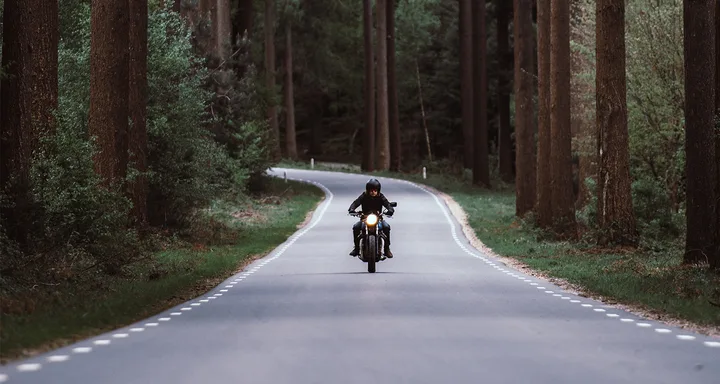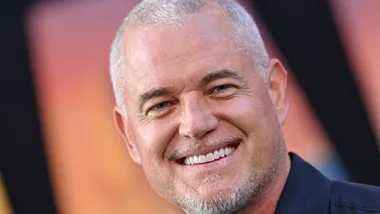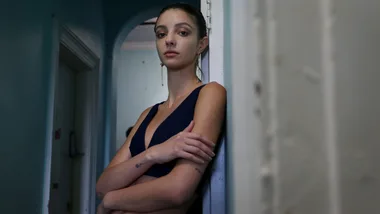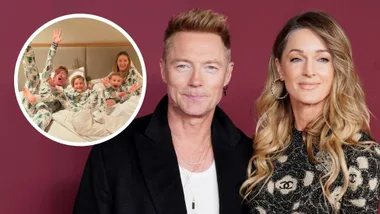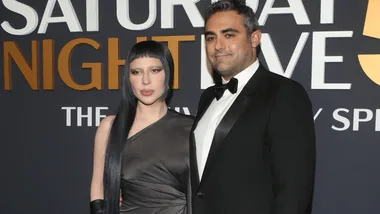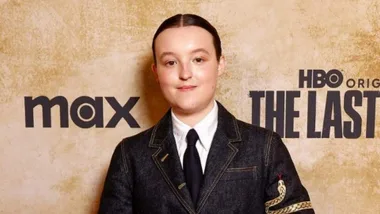It’s no secret that people love to romanticise outlaws. We love to see them in literature, movies, video games, or in any form of consumable media. Wherever you are in the world or whatever culture you grew up in, the underworld always holds a form of mystic attractiveness over most of us.
Outlaw motorcycle gangs definitely hold this sense of tantalising taboo in Australia. Pop culture and media have portrayed bikie gangs as the roughest and toughest combination of men and machines that ever graced the Australian highways. If you feel like satisfying your curiosity and looking into Australia’s outlaw bikie gangs, then read on.
What Are Outlaw Motorcycle Gangs?
An outlaw Motorcycle gang, or bikie gang, is a motorcycle subculture that stemmed from the era after World War II. Members of a bikie gang often go around in cruiser motorcycles, particularly choppers or Harly-Davidsons brands, and bound by a set of ideals celebrating non-conformity to the mainstream culture, freedom from the law and loyalty to the biker group.
In most parts of the world, bikie gangs are considered “outlaws” because they do not adhere to the standard regulations set for motorcyclists, such as wearing helmets, sticking to designated biker lanes, or staying under certain speed limits. However, unofficially, it is common knowledge that some outlaw motorcycle gangs support themselves through criminal activities like drug-dealing, smuggling, and extortion.
Are There Outlaw Motorcycle Gangs In Australia?
There are many outlaw motorcycle gangs in Australia, some of which are chapters of international bikie clubs such as Bandidos, Hells Angels, and Gypsy Jokers. Gang violence has become prominent among these clubs, and state governments have amended laws to address the problem. Local law enforcement groups have also set up programs to deal with threats of local bikie gangs, such as the Crime Gang Task Force in South Australia.
In South Australia alone, bikie gangs have been involved in various criminal activities, including extortion, murder, violence, and illegal drug trade. The most notorious criminal activity among the Australian motorcycle gangs was the Milperra Massacre on September 2 of 1984, where 6 gang members and one innocent bystander died in a gun battle between the members Comanchero and Bandidos in Milperra, South Sidney. In 2008, another series of feuds escalated between the bikie gangs Rebels and Bandidos, resulting into 13 incidents of shootings on the streets of Sydney over a span of 13 weeks.
What Are The Most Prominent Australian Bikie Gangs?
Below is a rundown of some well known Australian biker gangs. All motorcycle clubs have patches embroidered on their jackets to distinguish them from one another. Each outlaw motorcycle club has a territory map they control depending on the location where they were founded.
1. Comanchero
Comanchero is the oldest bikie gang in Australia with almost 300 members across chapters in Western Australia, Victoria, and South Australia. Founded between the late 60’s and early 70’s by former British military man Jock Ross, the club established its headquarters in Western Sydney and has expanded to Spain and Serbia since then.
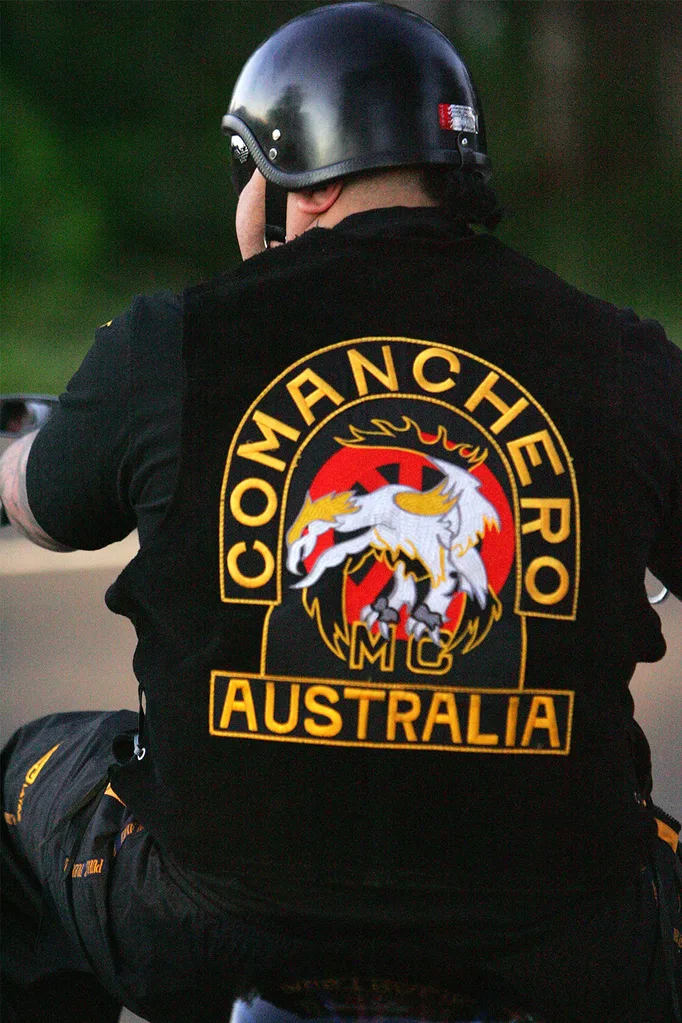
2. Bandidos
The Bandidos have 45 chapters across Australia and identified as among the big four bikie gangs in Australia. The club actively recruits members from ethnic groups and has grown to up to 400 members in recent years.
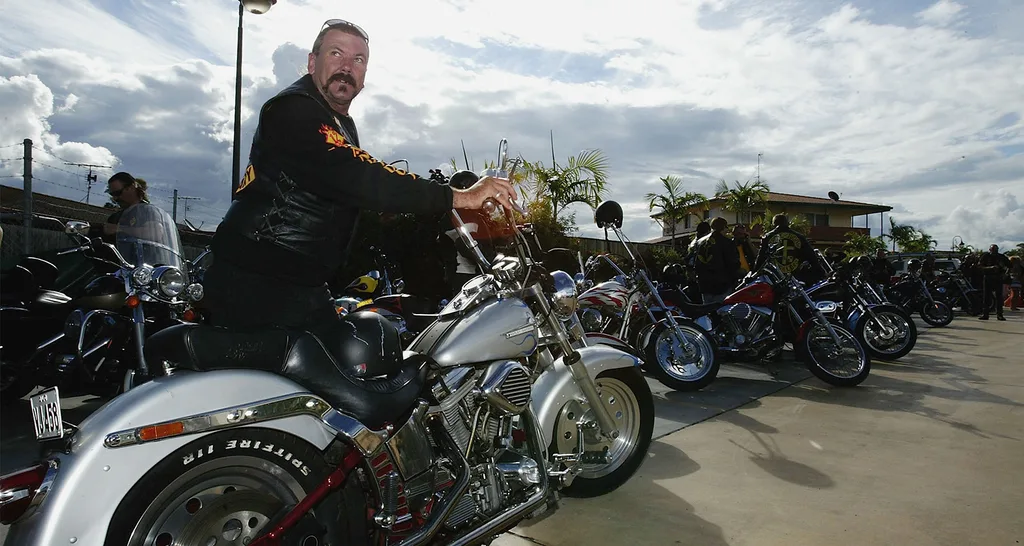
3. Rebels
Despite having only 29 chapters across Australia, the Rebels are considered the largest outlaw bikie gang in the country with around 2,000 members. The club was founded and run by former boxer Alex Vella.
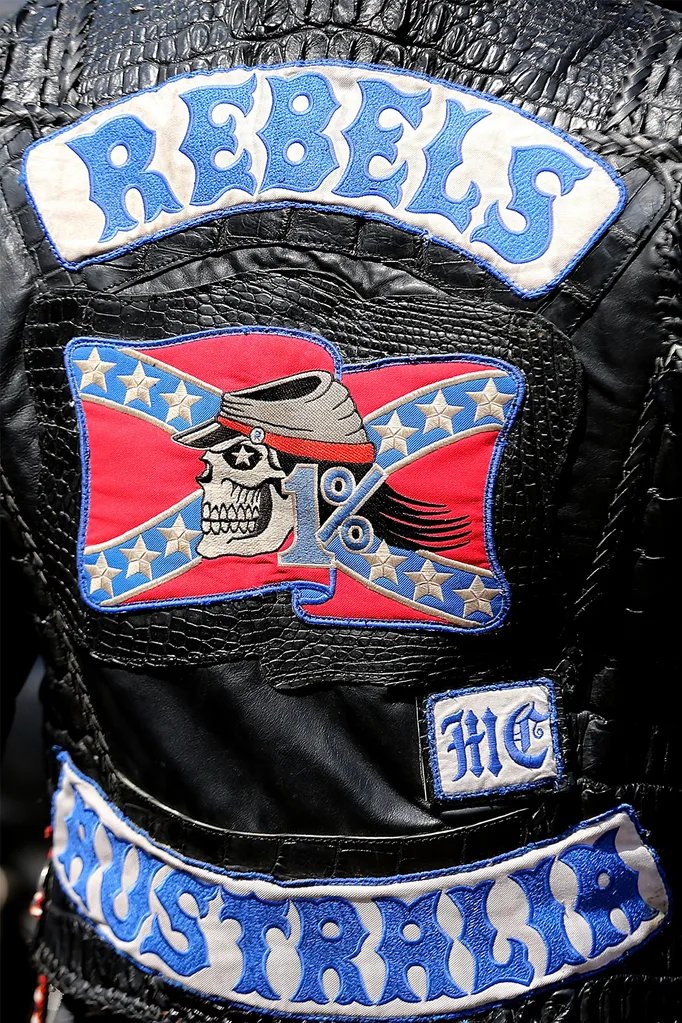
4. Odin’s Warriors
Odin’s Warriors was founded in Brisbane in 1971 by military veterans who had a common interest with motorcycles. Since it’s foundation, the Brisbane chapter has donated more than $100,000 dollars to various charitable causes such as Princess Alexandra Hospital, the Mater Children’s Hospital, and the Australian Red Cross.
5. Hells Angels
Like the Bandidos, Hells Angels is considered as one of the “Big Four” of the American motorcycle gangs that have branched out worldwide. They currently have around 150 to 250 members in Australia. In 2011, former Hells Angels MC boss Derek Wainohu successfully challenged the state government’s legislation to break up bikie gangs and declare them as criminal organisations. The High Court ordered the government to pay Wainohu $300,000 dollars in legal fees.

6. Life and Death
Founded in 1978 by Robert Kitchener, Life and Death MC holds the entire Hawksbury District in Sydney’s Western Suburbs. They currently have 328 members and is known as the motorcycle club that holds the biggest territory in the NSW and QLD regions.
7. Gypsy Jokers
Gypsy Joker originated from the US in the late 1960’s and later merged with South Australia’s Mandamas Motorcycle Club. They currently have 200 to 300 members in Australia. The group is notorious in Australia due to the infamous murder of former chief detective Don Hancock by car-bomb in 2001.
8. Veterans MC
Veterans MC was founded on July 10th, 1992 by a group of military veterans from the Vietnam war. The group was inaugurated in Perth, Western Australia and in 1995, obtained Lord Street East Perth as their first clubhouse. They eventually moved their clubhouse to Nollamara in 1997 and changed the organization’s name to “Veterans MC” to cater to all servicemen.
9. Gladiators
Gladiators was founded in 1960 with multiple chapters throughout New South Wales. Three of it’s main chapters include Maitland, Gunnedah, and Grafton. The clubhouse in Grafton regularly holds a series of boxing exhibitions called the Jaca Bash.
9. Infidel
Infidels Motorcycle Club is a relatively young club which was founded by veterans and contractors in 2011. They regularly hold car and bike shows in the Sydney Veterans Lodge located in Wentworthville, New South Wales.
10. Outcasts
Formed in Sydney during the late 60’s, the Outcasts’ most prominent member is Russel Wattie who left the club to run for Senate Candidacy. He was an active member of the Wangaratta branch of the Victorian Liberal Party for 8 years, serving as its state council male delegate and branch vice-president.
